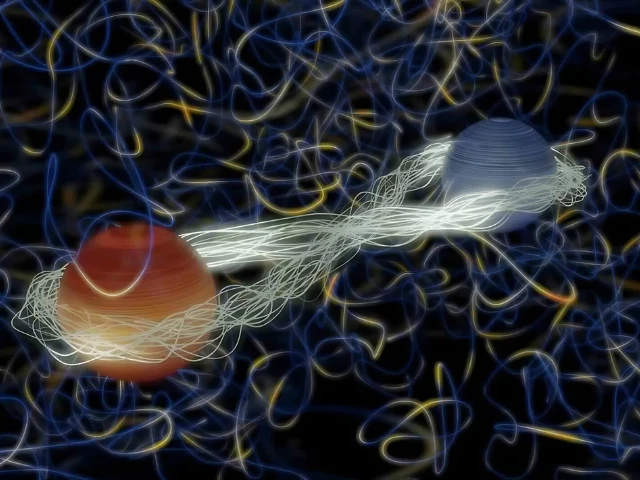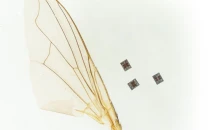Quantum imaging breakthrough by Brown students enables 3D holograms
Brown University students develop quantum technique to produce 3D holograms using light entangled with infrared.

In a remarkable leap for microscopic imaging, two Brown University undergraduates have developed a novel quantum technique that generates high-resolution 3D holograms without the need for infrared cameras.
Their work, published on Brown University's website, could offer a cost-effective breakthrough in biological imaging and holography, addressing a persistent technical challenge known as phase wrapping.
The method, dubbed “Quantum Multi-Wavelength Holography,” was unveiled by Moe (Yameng) Zhang and Wenyu Liu at the recent Conference on Lasers and Electro-Optics.
Working under the guidance of senior research associate Petr Moroshkin and Professor Jimmy Xu, the pair built a system that uses visible light entangled with infrared photons to capture three-dimensional images of microscopic objects.
Traditionally, high-resolution imaging of biological materials requires infrared wavelengths due to their ability to penetrate soft tissues safely.
However, infrared cameras are expensive and not widely accessible. The students’ technique bypasses this by using visible light detectors while still benefitting from infrared illumination.
“You could call this infrared imaging without an infrared camera,” said Xu. “It sounds impossible, but they did it. And they did it in a way that enables great depth resolution in the images it produces.”
The technology hinges on quantum entanglement, a phenomenon where two particles remain interconnected regardless of the distance between them.
In this system, the “idler” photon probes the object while the “signal” photon — its entangled partner — is measured to reconstruct the image.
Using a nonlinear crystal, the team generated photon pairs with one in the infrared spectrum and the other in visible light.
“Infrared wavelengths are preferred for biological imaging, but we can’t always afford the tools,” said Liu, a senior studying engineering physics and applied mathematics. “Our method lets us use inexpensive silicon detectors while still collecting deep, meaningful data.”
One of the biggest hurdles they faced was phase wrapping — a problem in which imaging systems mistake deeply contoured surfaces as shallow due to the periodic nature of wave-based measurements.
To overcome it, the students employed two sets of entangled photons at slightly different wavelengths. This generated a synthetic wavelength nearly 25 times longer than the originals, greatly enhancing depth measurement.
“By using two slightly different wavelengths, we effectively create a much longer synthetic wavelength,” Liu explained. “That gives us a much larger measurable range, applicable to cells and other biological materials.”
To validate their system, the team created and successfully imaged a 1.5-millimetre metallic “B,” an homage to Brown University.
The image, rendered through indirect photon detection, proved that their method could yield detailed and accurate 3D representations.
Zhang, a junior studying engineering physics, said the experience of meeting experts in the field at the conference was as rewarding as the research itself. “We had been reading papers by pioneers in this field, so it was great to attend the conference and meet some of them in person.”
Liu’s contribution earned him the School of Engineering’s Ionata Award, which recognises exceptional creativity in independent projects.
Their work is being hailed as an important step towards more accessible, scalable, and precise quantum imaging — one that could reshape how researchers visualise the microscopic world.



















COMMENTS
Comments are moderated and generally will be posted if they are on-topic and not abusive.
For more information, please see our Comments FAQ